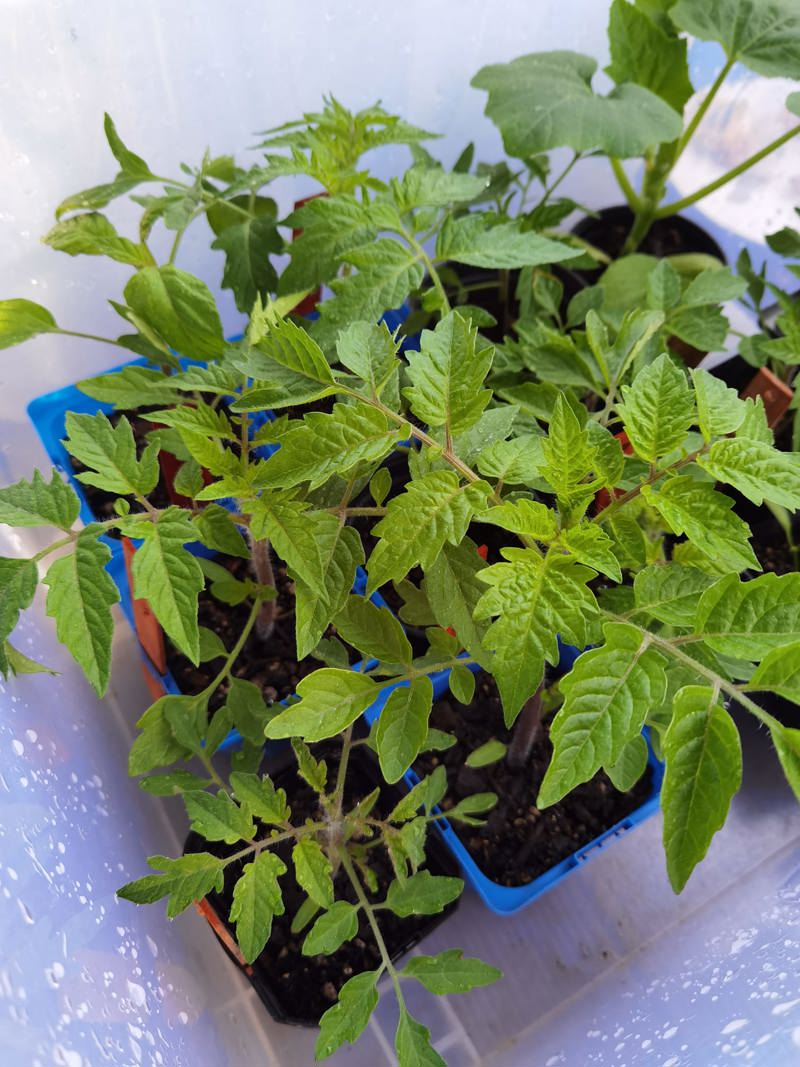One of the things I most look forward to growing in our summer garden is a simple homegrown tomato. Once you grow your own, the supermarket tomatoes never taste the same again.
This year I've tried to ensure that I don't sow more tomato seeds than I realistically have space for. I've previously been guilty of doing this. I have still ensured that I have a back up seedling or two of each variety, but that's all.
Over the weekend I had a sort out, made a tally chart of what seedlings I actually have, and gifted some of the extras I no longer need to family.
I'm always interested in what varieties other families are growing in their gardens so I thought I'd share what we'll be growing this summer. Here's a little list in no real particular order - Early Boy Bush Red, Costoluto Floentino, Sugar Plum, Brandymaster Pink, Black from Tula, Chef's Choice Orange, Chef's Choice Bicolour, Golden Cascade (cherry), Orange Cherry, and Indigo Blueberry (cherry).
All of the tomatoes will be planted into garden beds so I'm in the process of ensuring that the soil is well prepped. Compost has been added already. Fertiliser and sheep pellets are on the shopping list for this week.
I had a read of the tomato article on the Yates website. I find even if you've been gardening for a few years you pick up a new tip or two by reading the articles again. Tomatoes are heavy feeders that also appreciate well-drained soil and lots of organic matter. A couple of products that were mentioned were Yates Dynamic Lifter Organic Plant Food and Yates Thrive Natural Lime. The lime is meant to help to provide calcium for good fruiting and 'sweetens' the soil. I've got a bag of lime sitting in the garage so will pull that out.
Prior to planting out, I'll put the support structures up in the garden. If you put stakes etc in once you've planted your tomatoes you run the risk of damaging the roots. Crop rotation is also really important with tomatoes. The goal is to not grow in the same space for roughly three years. I try my best, but sometimes this isn't always possible in a small urban garden.
All plants have now been hardened off and will get a good soak in seaweed before they're planted. This helps to prevent the plants going into shock. I always plant out late in the afternoon. The soil is a bit warmer and I've learnt the hard way to not plant out in the heat of the day. I find having a written plan of where each variety has been planted is helpful too, as often labels fade over time.
Hopefully this weekend will bring some sunshine and the tomatoes will finally be moved out into the raised vegetable gardens.










Share
Share this blog on social media